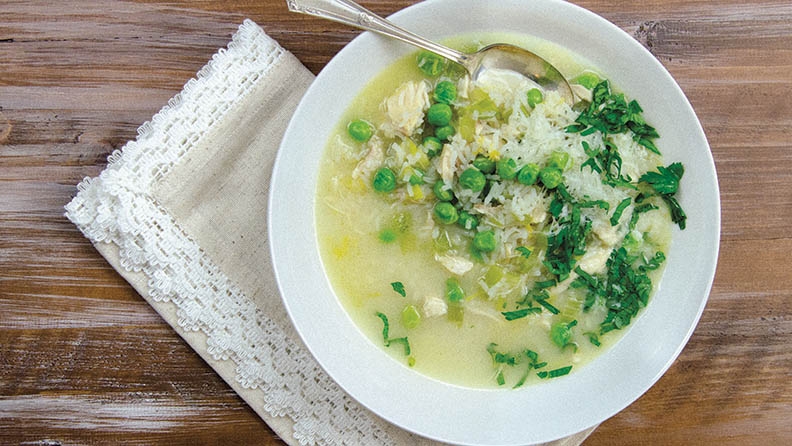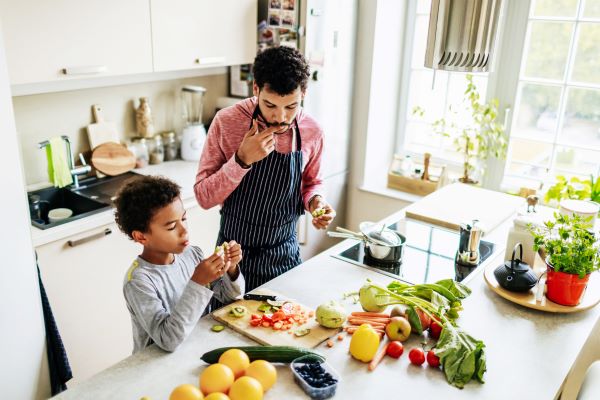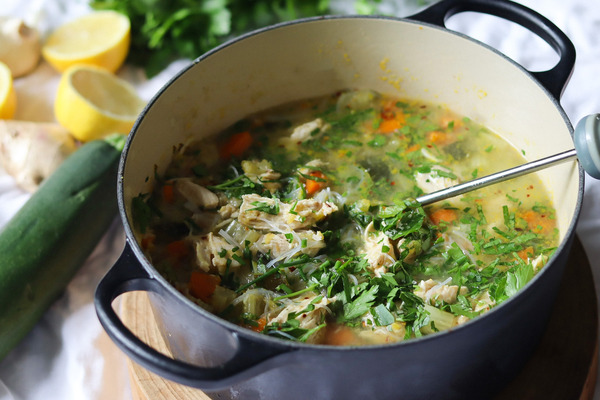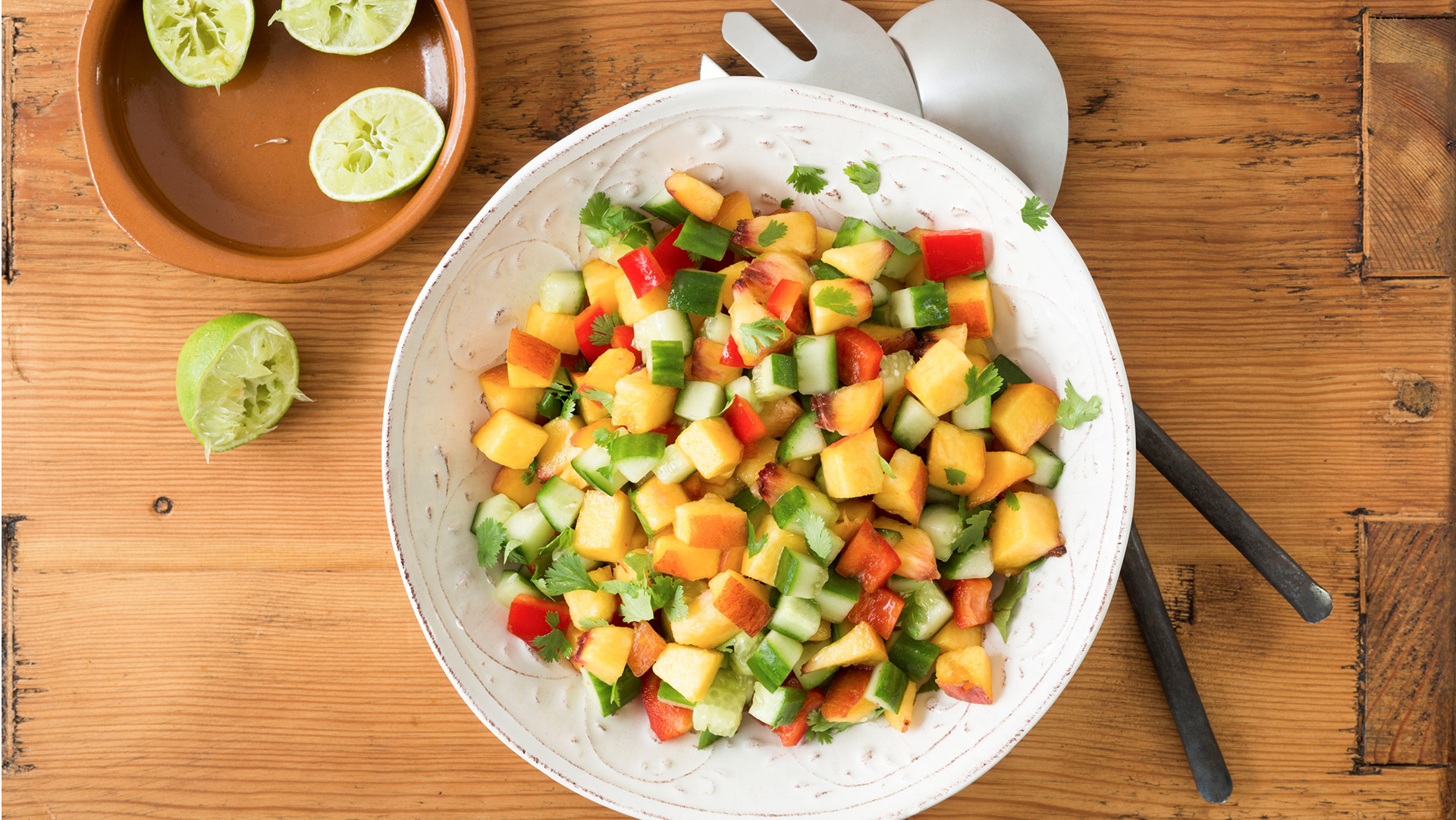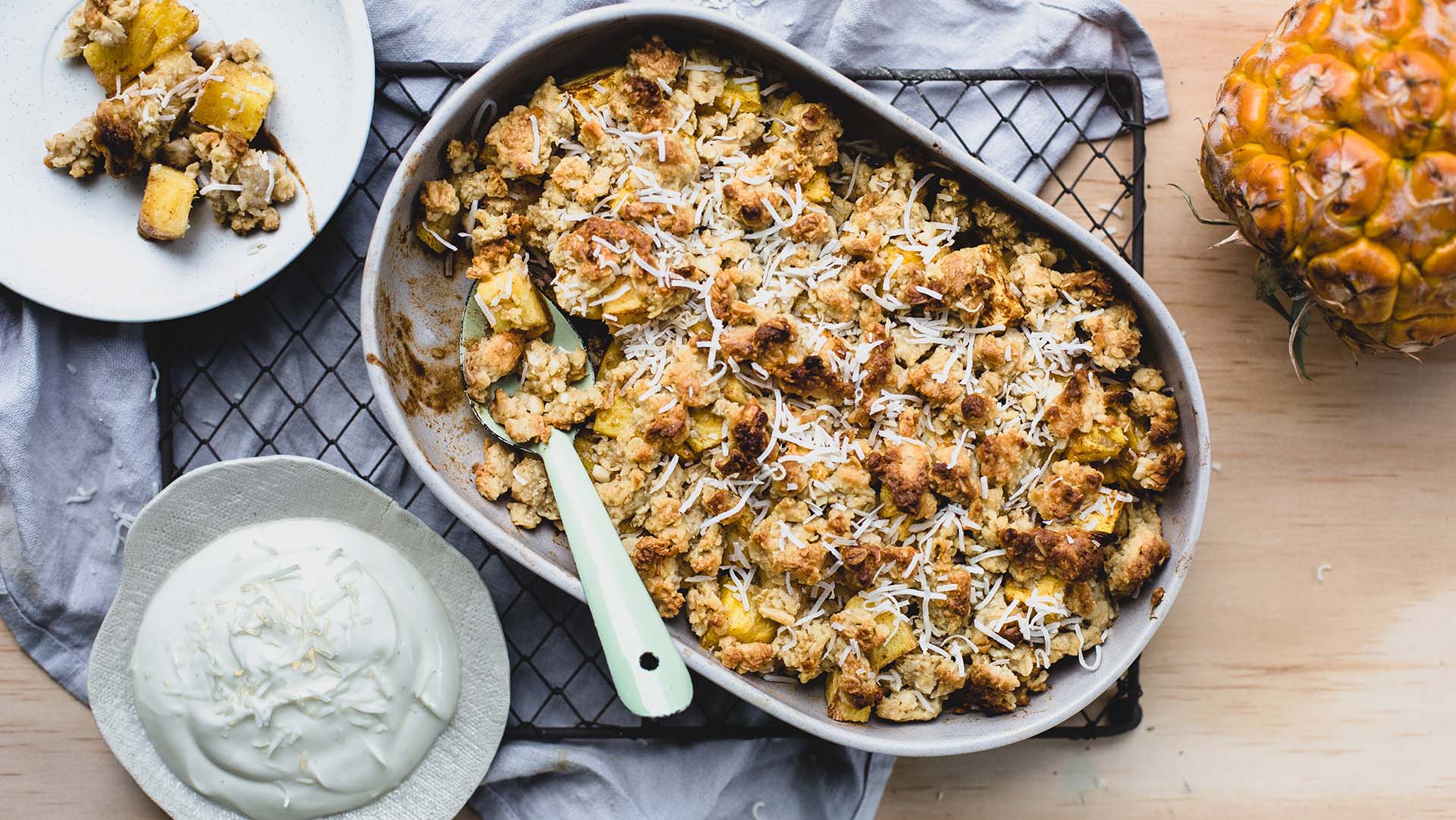-
Rebecca Sullivan of Dirty Girl Kitchen shares her top tips for the 'granny skill' of beautiful preserving.
1. Know the acidity of your food
The most important question to ask yourself before you begin preserving is, “What is the acidity of the food I’m preserving?” Whether it’s high or low on the pH range will determine the correct preserving method.
High-acid foods like tomatoes and some fruits are best preserved using the waterbath method to remove the micro-organisms that spoil your food.
Meats, poultry, fish or vegetables will need to be processed in a pressure canner rather than in an ordinary stock pot, as the bacteria in low-acid foods are harder to eliminate. These foods need to be heated to a temperature of at least 116 degrees.
2. Follow tested preserving method and recipes
You don’t have to be a pro in the kitchen. Jarden Home Brands have a simple and easy three-step process that anyone can follow. Their techniques and recipes have been tested countless times in their US lab, which I have been to and seen firsthand. Picture a wonderful, homely test kitchen run by amazingly passionate people who take safety really seriously.
First, fill your jars with your mixture, leaving headspace around the rim of the jar where your lid covers. Make sure to remove any air bubbles before sealing the jar, twisting the lid on until it is fingertip tight.
The next step is to lower your jars into simmering water on a rack, then cover the lid and boil for the required cooking time in the recipe.
The last step is to store for up to a year and simply enjoy! It’s that easy.
3. Take care preparing your jars
Everything boils down to the condition of your jars when it comes to preserving.
Creating a strong seal is the key to preserving successfully – throw out your jar lids if they have even the slightest dent. As for your jars, throw them out if there are any uneven or chipped edges. Even the slightest chip around the jar rim could hinder the sealing process.
Wash the jars, lids and bands in hot, soapy water and then rinse well. Keep the jars warm until they are ready for use. This will help to minimise the risk of breakage when filling with hot food.
Learn more at dirtygirlkitchen.com and find quality preserving jars at jardenhomebrands.com
The vintage art of preserving
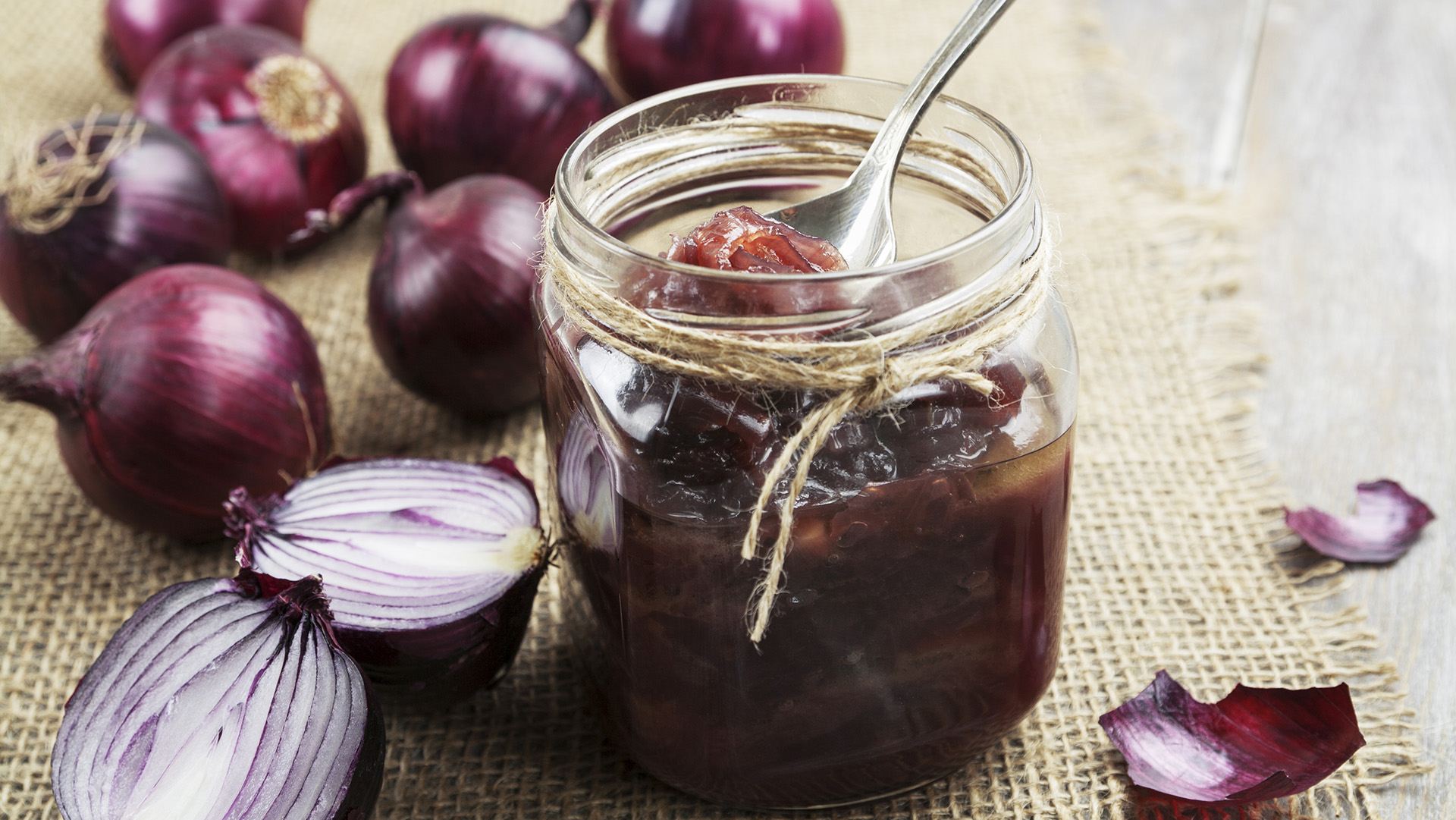
-
Is sharing a meal the secret ingredient to a happier life?
Why social connection may be the most important ingredient on your plate.
-
Chicken soup with parmesan, rice, peas and lemon recipe
Nourishing chicken soup
-
The best immunity-boosting foods
Key nutrients to focus on that could help to boost your immunity, and the how to get them.
-
Comforting chicken noodle soup
Packed with anti-inflammatory ingredients including leek, garlic and ginger, this chicken noodle soup is hearty, full of goodness and great for any night of the week.
-
Peach salsa recipe
Zesty and unusual peach salsa recipe
-
Pineapple gingerbread crumble recipe
A summer riff on a winter classic.


